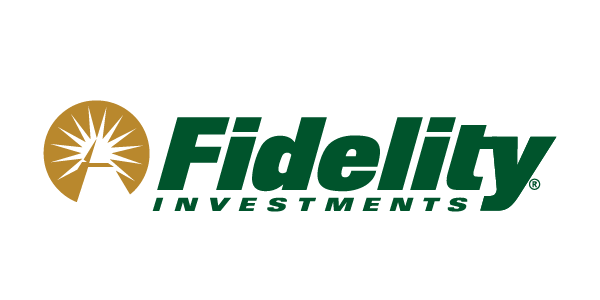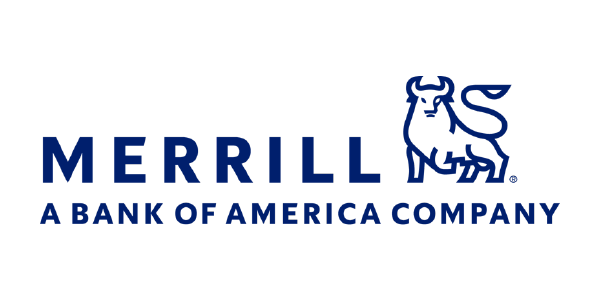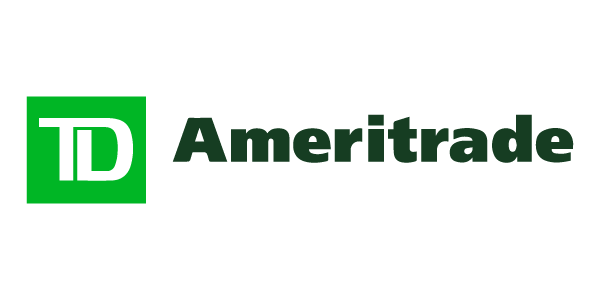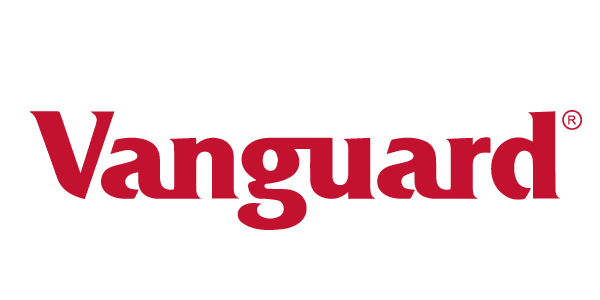FAQ
Q: What if I don’t see my provider listed?
A: Unfortunately, not all providers support mobile check deposits for 401(k) rollovers. If your provider does not allow for mobile deposit, you will have to mail the check or deposit it in person at a local branch.
If you initiated your rollover with Capitalize, we will send you a prepaid envelope with a tracking code to mail in your 401(k) rollover check. If you didn’t receive a pre-paid envelope, simply contact our support team and they will send you a new one!
Q: Do I need to endorse the back of the check?
A: It’s best practice to sign the back of your check and note “For mobile deposit only at” plus the destination provider name underneath your signature in the endorsement area.
Q: I’m having issues with the mobile deposit camera.
A: Be sure to take a clear picture of the check on a dark, flat surface, in a room with good lighting.
If you are unable to submit the check deposit through the mobile app, you can also mail the check or deposit in person at a local branch.
Q: I submitted the mobile deposit, how long does it take for the funds to show up in my account?
A: It may take a few days to process your request, so keep your check safe for about a week until you’ve confirmed your check has been successfully deposited.
Q: What do I do with the check once the deposit is complete?
A: After completing your mobile deposit, it’s good practice to write “Mobile deposit” and the deposit date on the front of your check. Store it in a safe place for 5 days after the check clears to confirm there were no issues, and then destroy it.
Q: What is a 401(k) rollover check?
A: A 401(k) rollover check refers to the distribution of funds from a 401(k) retirement account that is directly payable to an individual. It allows you to transfer the money (via distribution check) from your previous employer’s 401(k) plan into another qualified retirement account, such as an Individual Retirement Account (rollover IRA) or a new employer’s 401(k) plan.
Q: How do I initiate a 401(k) rollover check?
A: To initiate a 401(k) rollover check, you typically need to contact your former employer’s retirement plan administrator or your current retirement account provider. They will provide you with the necessary paperwork and guidance to complete the rollover process. If you have your existing account numbers available, that will help speed up the process.
Q: Are there any tax implications when receiving a 401(k) rollover check?
A: Yes, there can be IRS- or state-related tax implications. If you choose to receive a 401(k) rollover check directly payable to you (i.e., an indirect rollover check), the plan administrator is generally required to withhold 20% of the distribution for federal income taxes. If you then complete a successful indirect rollover, you’ll receive that 20% back when you file your tax return the following year.
However, if you complete a direct rollover or trustee-to-trustee transfer, where the funds are transferred directly to another retirement account, you can avoid immediate tax withholding.
Q: What is the deadline for completing a 401(k) rollover?
A: The deadline for completing a 401(k) rollover depends on the specific rules and policies of your retirement plan and/or your plan sponsor. But in general, there are no deadlines for completing direct rollovers; many people choose to leave their old 401(k) plans with their former employers for many years.
If you’ve opted for an indirect rollover, however, you should complete the rollover within 60 days of receiving the distribution to avoid potential tax consequences. However, it is advisable to initiate the rollover process as soon as possible to ensure a smooth transfer and minimize any potential delays.






